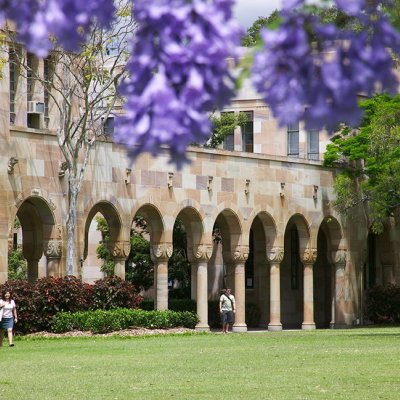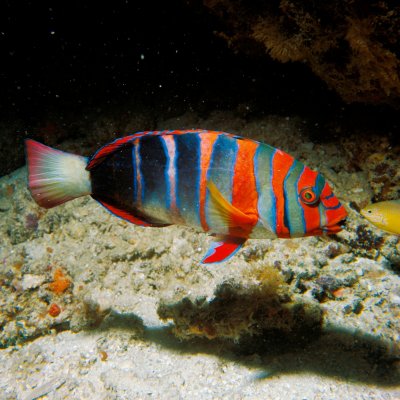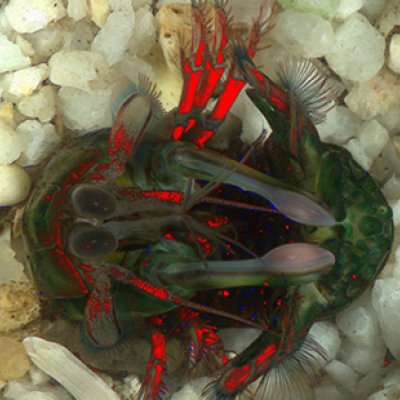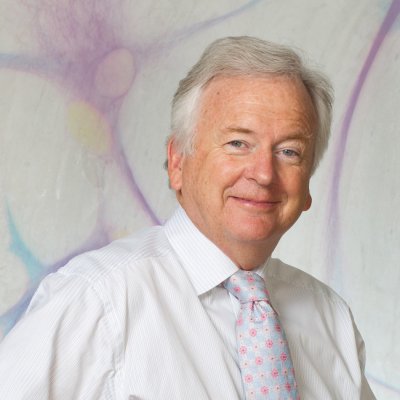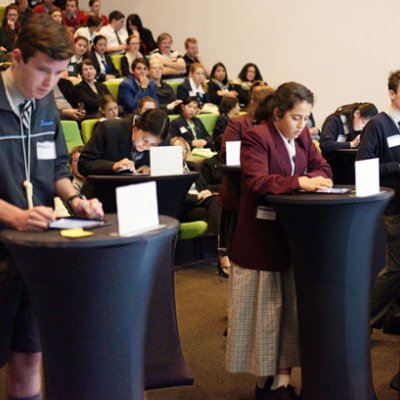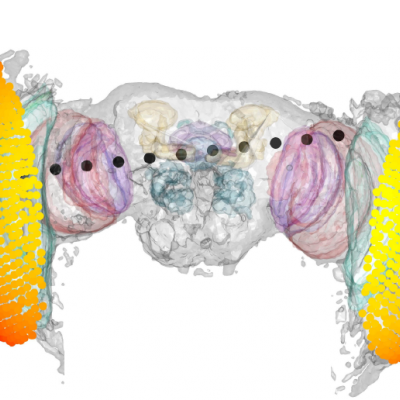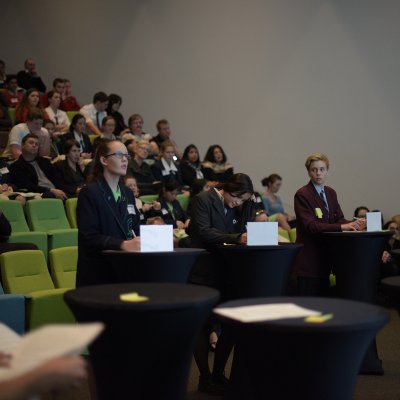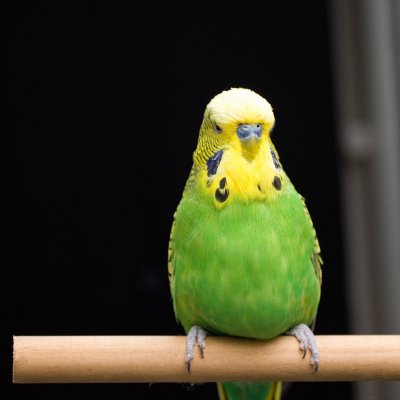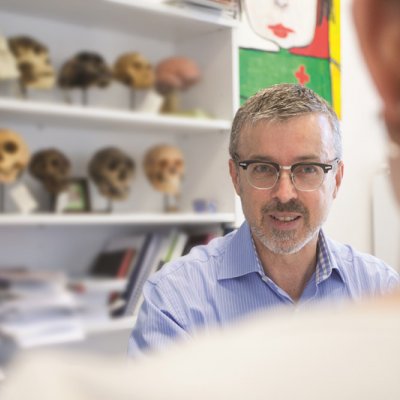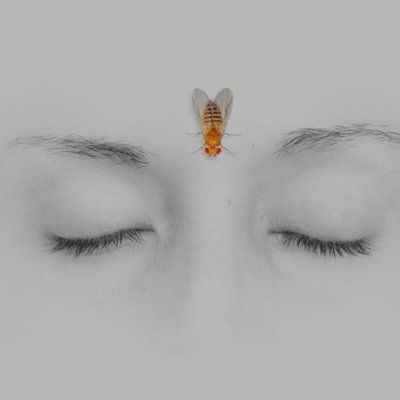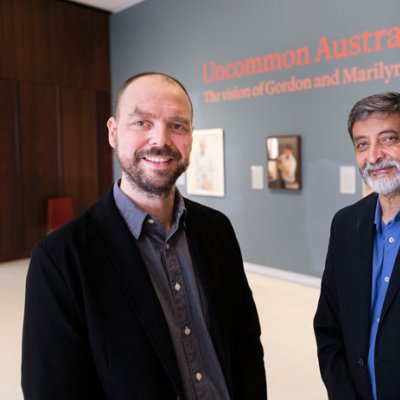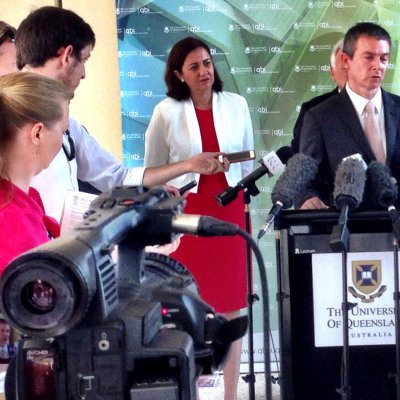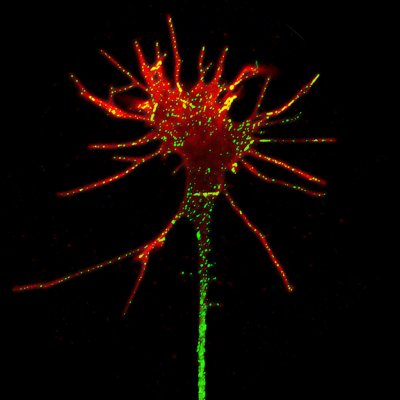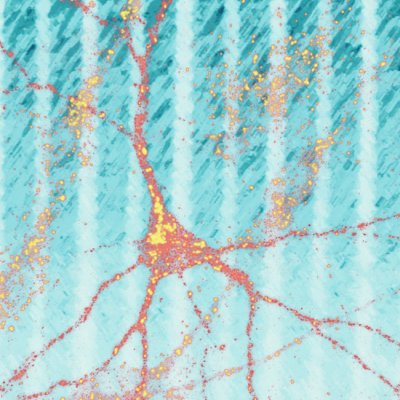Breakthrough Alzheimer’s research from The University of Queensland has been named among the world’s most talked-about research of 2015.
15 December 2015Understanding how fish "see" is helping a team of international scientists increase their knowledge of the Great Barrier Reef's biodiversity.
24 November 2015The ocean is lighting up with secret forms of communication between marine animals that may have applications in satellite remote sensing, biomedical imaging, cancer detection and computer data storage, a team of Australian and international...
20 November 2015Queensland continues to demonstrate that it is a global powerhouse in neuroscience research, with The University of Queensland’s (UQ) Professor Perry Bartlett last night receiving a Research Australia Lifetime Achievement Award.
19 November 2015Queensland will host 23 of the world’s brightest high school students for the 2015 International Brain Bee neuroscience competition in Cairns from 20-26 August.
19 August 2015University of Queensland researchers have shown, like humans, fruit flies may be self-aware of their actions.
24 July 2015After correctly answering that the cochlear and vestibular nerves are the two branches of the eighth cranial nerve, 15-year-old Abigail Green from Somerville House has become the 2015 Queensland Brain Bee Champion.
21 July 2015Potential future neuroscientists will be tested on their knowledge of Alzheimer’s disease, stroke, emotions, sleep and memory at the Queensland Australian Brain Bee Challenge (ABBC) final at The University of Queensland next week.
14 July 2015Research into how birds and bees use vision in flight is guiding the design of future autopilots and unmanned aerial vehicles.
10 June 2015Hallucinations and delusions in the general population are more common than previously thought.
28 May 2015Bucket-loads of icy water dunked on Australian heads last year has translated into more than a million dollars, enough to pool a team of experts to find treatments for motor neurone disease (MND).
22 May 2015An international study on sleep and learning in flies has shown a good night’s sleep might be vital for retaining our capacity to learn and remember, with implications for the treatment of human disorders such as Alzheimer’s disease.
23 April 2015New research might bring a frown to even the most heavily botoxed faces, with scientists finding how some of the potent toxin used for cosmetic surgery escapes into the central nervous system.
16 April 2015Art and science have combined to create the latest addition to Australia’s National Portrait Gallery in Canberra.
12 March 2015Queensland scientists have found that non-invasive ultrasound technology can be used to treat Alzheimer’s disease and resto
12 March 2015An all-girl team of high school students competing in the F1 in Schools Technology Challenge has consulted with University of Queensland neuroscientists ahead of the national final at the Australian Grand Prix next week.
6 March 2015A new study has found the mechanism used by a hidden gene to affect how the brain responds to stressful experiences, in a discovery that could eventually help control anxiety.
26 February 2015An analysis of how nerve fibres make vital connections during brain development could aid the understanding of how some cognitive disorders occur.
25 February 2015We count our age in calendar years, but our bodies may not be counting the same way.
6 February 2015New insights into how nerves cells in the brain maintain efficient communication with each other may help offset the effects of Alzheimer’s disease.
6 February 2015- 1 of 2
- next ›
